Eidolic 4-pin Sirens Series JH Connectors – for Layla and more
$49.99
Description
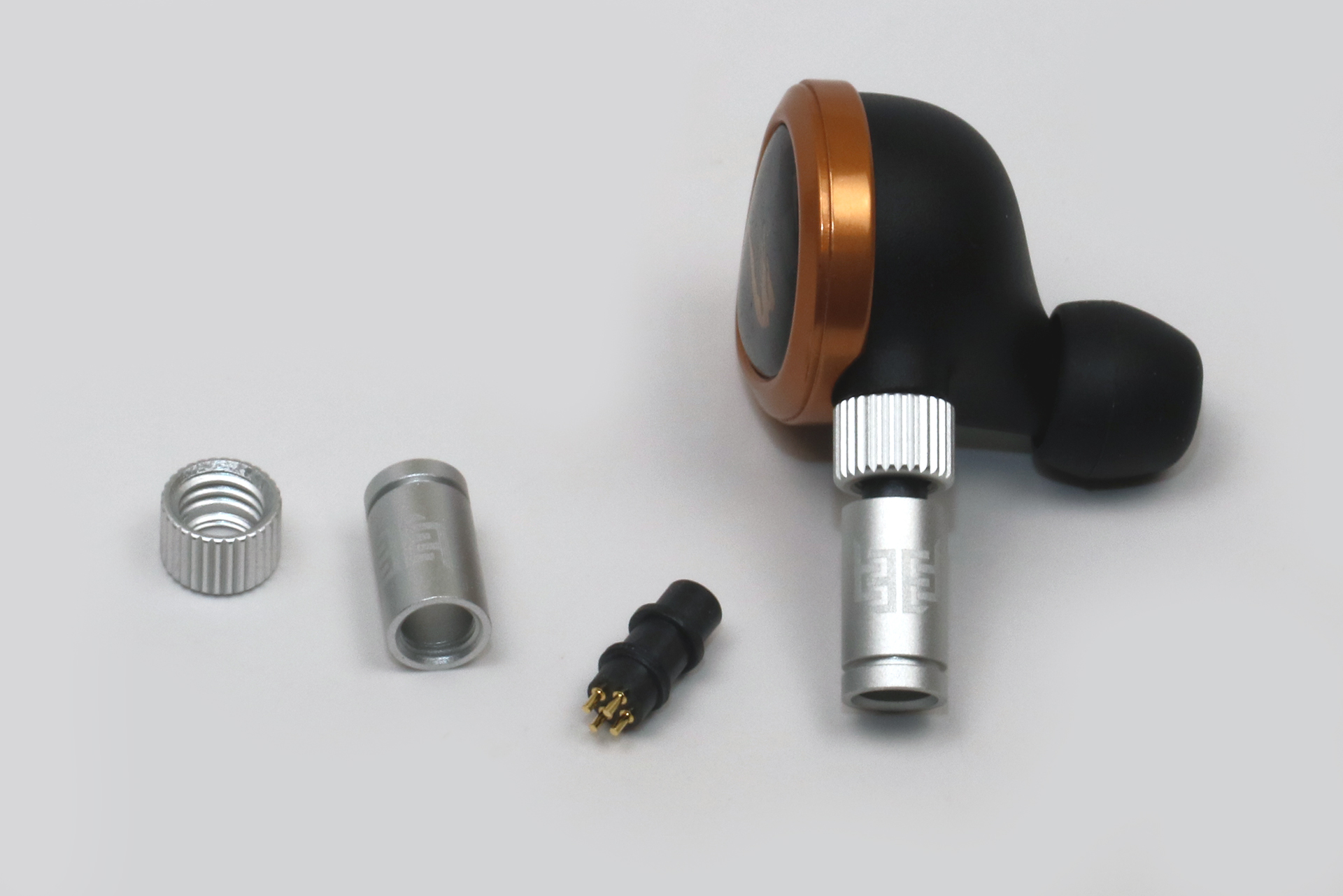
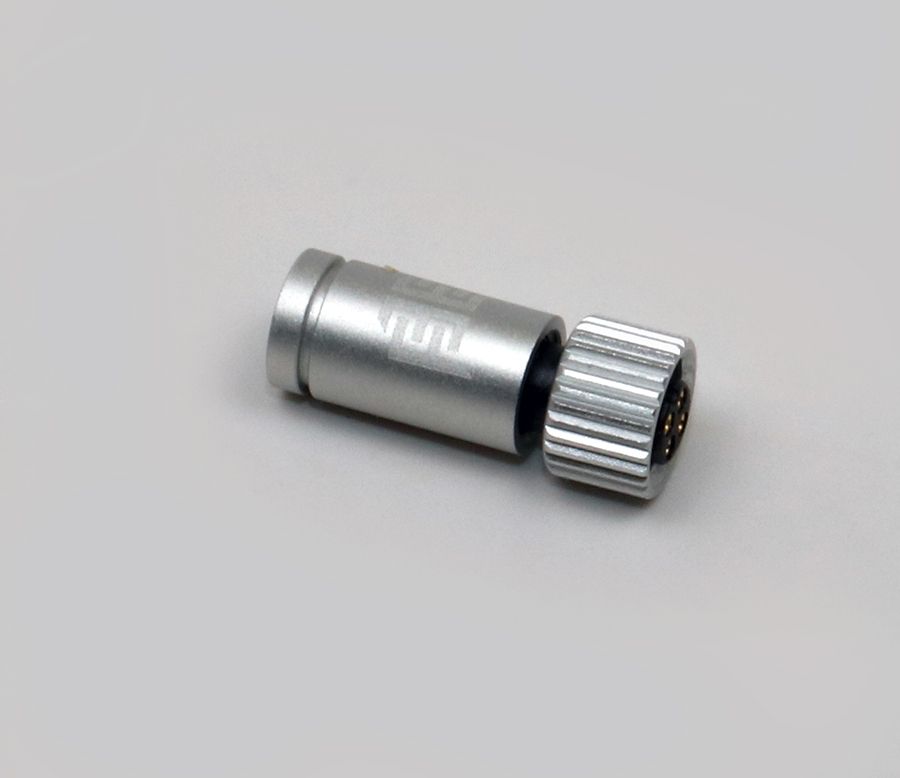
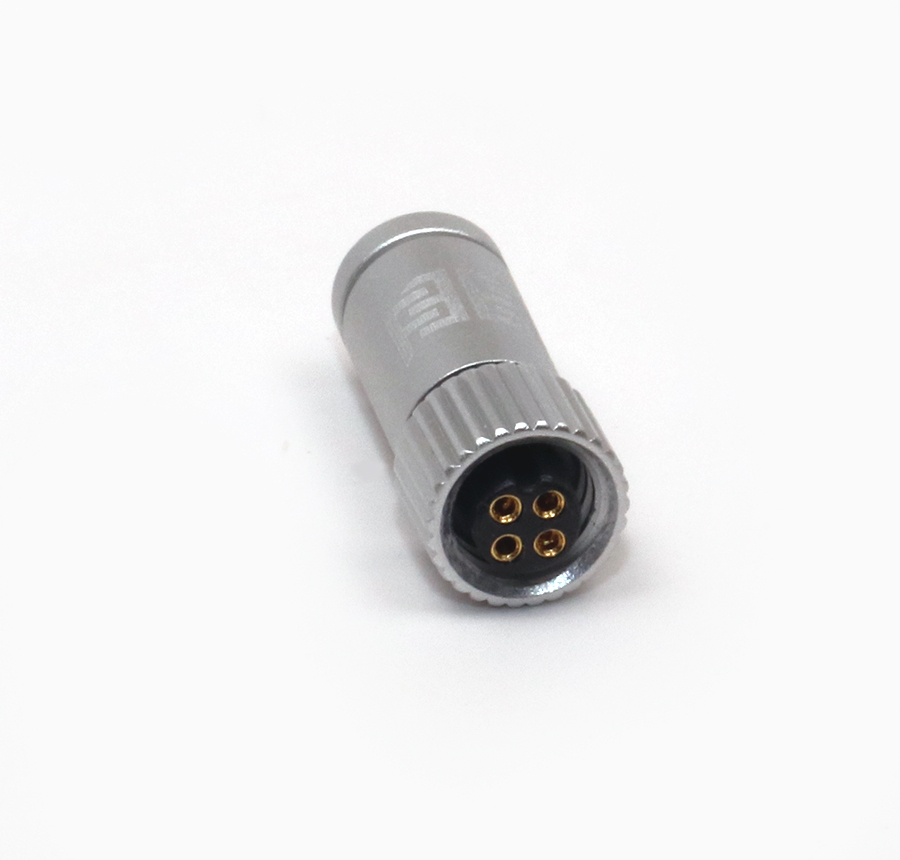
Eidolic 4-pin JH Sirens Series Connector
For Custom & Univeral Fit Roxanne, Angie, Layla, Rosie, JH13V2, AKR03
Priced per pair. Shipping now.
After more than a year of R&D, the world’s first audiophile-grade connector for JH 4 pin IEMs is ready for action. With licensing and guidance from JH themselves it is assured that this connector will go the distance with your JH gear. For experienced cable builders, making a cable with these connectors plus a few resistors of your choice (or a bass controller) is a snap.
The best materials. A proper custom tooling setup ensures there are no rough edges or unprofessional mistakes with this connector. Using Dupont Ryton PPS for the insulating polymer ensures heat tolerance approaching 550F. The contacts are made of gold-plated phosphor bronze.
Screw-on aluminum barrel. Instead of a cheap two-piece plastic housing that is difficult to assemble and must be glued together, with visible seams, there is a unique threading solution for the one-piece aluminum barrel. The locking nut is threaded over the threading for the plug’s barrel, keeping it securely in place before the barrel is threaded on.
Eidolic finishes. The lock nut and barrel feature the classic Eidolic logo, laser-engraved, and beadblast aluminum finish. The nonconductive interior of the anodized barrel will not short any wiring that come in contact with it.
Guidance.
DHC will offer assistance to ensure your cable project is a success.
Assembly steps and notes. For DHC’s DIY friends and competitors alike we will offer detailed instructions to learn how to effectively work with this challenging standard. We recommend owning a Sirens IEM before working with this connector as it is helpful to insert the plug into the IEM to make it easy to screw/unscrew the connector’s barrel. Feel free to repost this guide as long as it links back to this page. Once the basic principles are understood you can come up with your own designs.
1. Sirens series requires you make accomodations for bass adjustment. They naturally have +15db tuned bass, then use selective reduction to achieve the desired bass level. If you don’t use any adjustment or resistors then the IEM will have the “max” bass setting on your stock cable. We don’t prefer the use of a “bass controller” as their parts can wear out pretty quickly and require replacement, although you can find these bass controllers on Lunashops. Instead, we recommend that you pick some 50 or 25 ohm resistors, rated 1/4 watt – we will provide a few links. For a 6 wire cable, you are using 2 wires for bass (left bass, right bass), 2 wires for ground (left ground, right ground), 2 wires for mid/treble (L+, R+). For an 8 wire cable, you are using the same except 4 wires for mid/treble – a pair for each. As per the JH patent there is no need to separate mid/treble into 2 separate wires as both are connected to the same point on the 2.5mm or 3.5mm amplifier plug – they both connect directly to L+ or R+. As such their 2 contact pins can be soldered together on the CIEM plug, then just solder the 1 or 2 mid-treble wires for that channel to it.
2. This connector’s lock nut and barrel both thread over the threads on the insulator. Simply insert the connector into your iem, then unscrew the barrel and nut. Slide the barrel, then the nut, onto the earcup wire of your IEM cable in progress.
3. For a 6 or 8 wire cable, you need to solder small resistors to the R+ and L+ contacts of the amp end 2.5mm or 3.5mm plug. This will test all your skills as a cable builder. We recommend soldering the resistors, then permanently securing them with a tiny bit of glue so they do not fall off in later steps when you must solder 2 things to one contact point. 6 wire is the easier cable to build by far. We recommend either the Eidolic 3.5mm rhodium plug or the Eidolic 2.5mm plug for this project. Here are links to the best resistors:
http://www.mouser.com/search/ProductDetail.aspx?r=71%2dPTF5650R000BZEK
http://www.mouser.com/search/ProductDetail.aspx?r=71%2dPTF5624%2e9%2e1%25T13
4. For a 4 wire cable, you must use SMD resistors inside the IEM end plug. Simply place one in between the 4 contact pins, it will sit in there. It has solder contacts on both sides of its base and top. You can secure it with a tiny bit of superglue to the insulator’s plastic if you want. On the side with the mid/treble pins, simply solder on both sides to connect it to both pins. On the side with the bass and ground pins, only solder it to the bass pin, avoiding the ground pin. Then, when it comes time to solder the cable to it, solder the L+ or R+ wire to the mid/treble pin area. The signal will flow normally through to the mid/treble drivers and then through the 50 ohm resistor to the bass driver, setting the bass to 50%. Easy.
http://www.alliedelec.com/vishay-dale-crcw120649r9fkea/70201301/
5. We recommend braiding the cable after labeling/marking the left wires, and routing them through their side of the y-split. You need only keep the left wires and right wires separate, no need for detailed markings. Tin & identify the wires at the top of the cable. For 6/8 wire cables, one wire should read 50 or 25 ohms when checked with a multimeter connected to the L+ or R+ contact of the 2.5mm or 3.5mm plug. These are your “bass” wires and solder to the bass pin. To the L+ and R+ contacts there will be 1 or 2 wires per channel that read very low resistance, these are your mid/treble wires. These solder to the mid/treble pins together. The remaining wire is your ground wire for that channel.
6. Once the barrel and nut are threaded onto the earcup wire, solder your two mid/treble wires together as one for easier soldering (8 wire only). Solder the two mid/treble pins together with a little bit of solder. Connect the mid/treble wires. Identify your ground wire and solder that, then finally the bass wire. We recommend tinning all 4 pins gently before soldering.
7. Insert the contact piece into the IEM, then screw the nut gently into place, over the threading (it is internally threaded to let it pass over the threading), and screw it onto the IEM socket. Apply a small amount of hot glue in between the soldered contacts for security, just a tiny bit, not enough to block the next step. Apply a tiny amount of superglue to the plug’s threads and screw the barrel on. Practice doing this step smoothly without glue first, to make sure everything fits. When working with tiny connectors, always try to keep your wires as close to the center axis as possible, to avoid blocking the fit of barrels.
8. Unscrew the nut and unhook the connector from the IEM, nearly done. Use a hot glue gun with a fine tip (recommended: www.gluegun.com: Surebonder Pro9700A, Surebonder 103N needle extension nozzle, Surebonder 101 check valve nozzle – must buy all three). Use Surebonder 707 glue sticks, 1/2″ diameter. Inject a bit of glue into the back of the plug and around the plug’s exit. Cover the plug with clear glue-lined heatshrink (recommend: http://www.heatshrink.com/heat_shrink_tubing/w3c_4ft.asp in 3/16″ size). Use 500F heat from your heat gun for 1-2 seconds to bend the ends into a U shape as with DHC cables. If you are new to this, practice on wire scraps before using a real cable. Remember that the plug’s logo should face the interior of the bend, so that it faces up at the sky when the cable is worn.
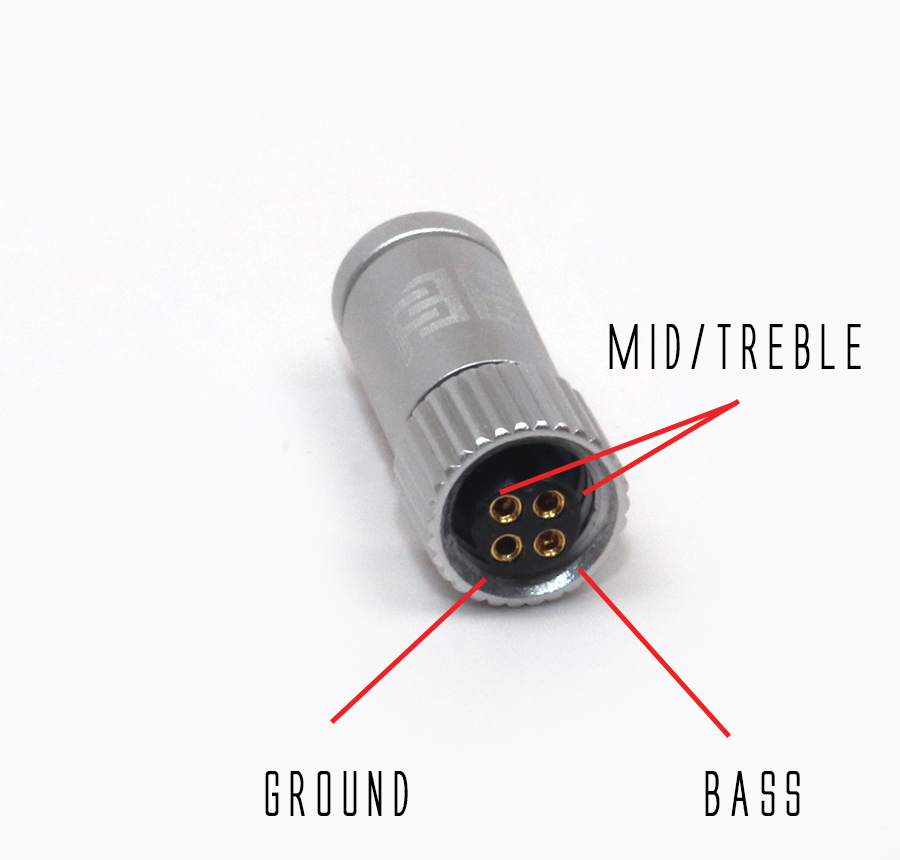
Only logged in customers who have purchased this product may leave a review.


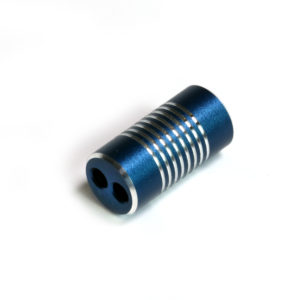


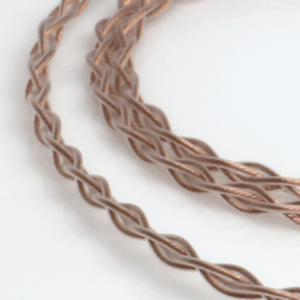
Reviews
There are no reviews yet.